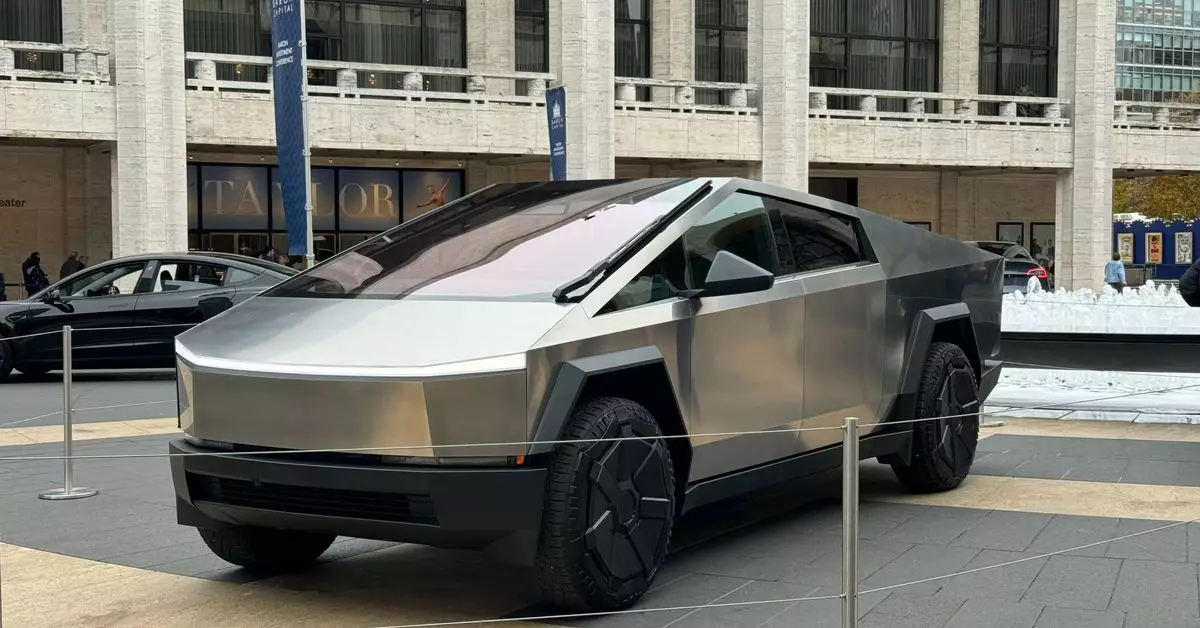In a significant development for Tesla enthusiasts, owners of the highly-anticipated Cybertruck are beginning to receive Full Self-Driving (FSD) capabilities following a lengthy absence since the truck’s debut in November 2023. As reported by various sources, including Electrek, updates are rolling out to a select group of Cybertruck owners who are part of the early access program. This rollout marks a pivotal moment for Tesla’s electric pickup truck, which has generated both excitement and controversy since its launch.
Tesla’s strategy of staggered software releases often leads to mixed feelings among its user base. For Cybertruck owners, the lack of FSD functionality made the wait even more palpable. Tesla had previously committed to delivering FSD by September, coinciding with the launch of the Autopark feature, and the recent update seems to align with that timeline. This sense of anticipation reflects a broader trend within Tesla’s audience—a mix of eagerness for cutting-edge technology and frustrations around delays.
The FSD version being implemented is 12.5.5, and it primarily targets those partaking in the early access program. Features include a remarkable vision-based attention monitoring system designed specifically for drivers who wear sunglasses—showcasing Tesla’s commitment to innovation and user experience. However, this quick rollout also underscores the ongoing challenges of ensuring safety and reliability in autonomous driving technology.
Footage posted by the Whole Mars Catalog, a popular Tesla fan account, reveals a mixed bag of results. During a 20-minute test of the new FSD update, the vehicle demonstrated its abilities and limitations, drawing attention to moments where driver intervention was necessary. Notably, a critical point in the video highlighted a situation where the Cybertruck nearly collided with a median after executing an automatic left turn. Such scenarios emphasize the importance of driver vigilance even as technology advances towards greater autonomy.
This interaction not only raises questions about the FSD system’s current efficacy but also stresses the importance of continuous improvement. As Tesla progresses with its end-to-end neural network architecture—eliminating the reliance on traditional sensors—users must remain alert and engaged, bracing for a future where trust in these systems will be paramount.
Looking ahead, the anticipation is already building for the upcoming release of FSD v13, set to launch in October. With Tesla consistently pushing the boundaries of technology, this release promises enhanced capabilities and features that aim to further refine the driving experience. Yet, the trajectory of Tesla’s FSD program serves as a reminder of the challenges inherent in the journey toward truly autonomous vehicles.
Moreover, the juxtaposition of excitement and caution reflects the broader ethos of the electric vehicle industry itself. As this landscape evolves, the integration of advanced driver-assistance systems will inevitably shape how consumers perceive and interact with vehicles.
As Cybertruck owners finally gain access to FSD capabilities, the blend of celebration and caution remains palpable. The ongoing saga of Tesla’s FSD development not only captures the imagination but also reinforces the need for diligence as we inch closer to a future where fully autonomous driving may become a reality.

